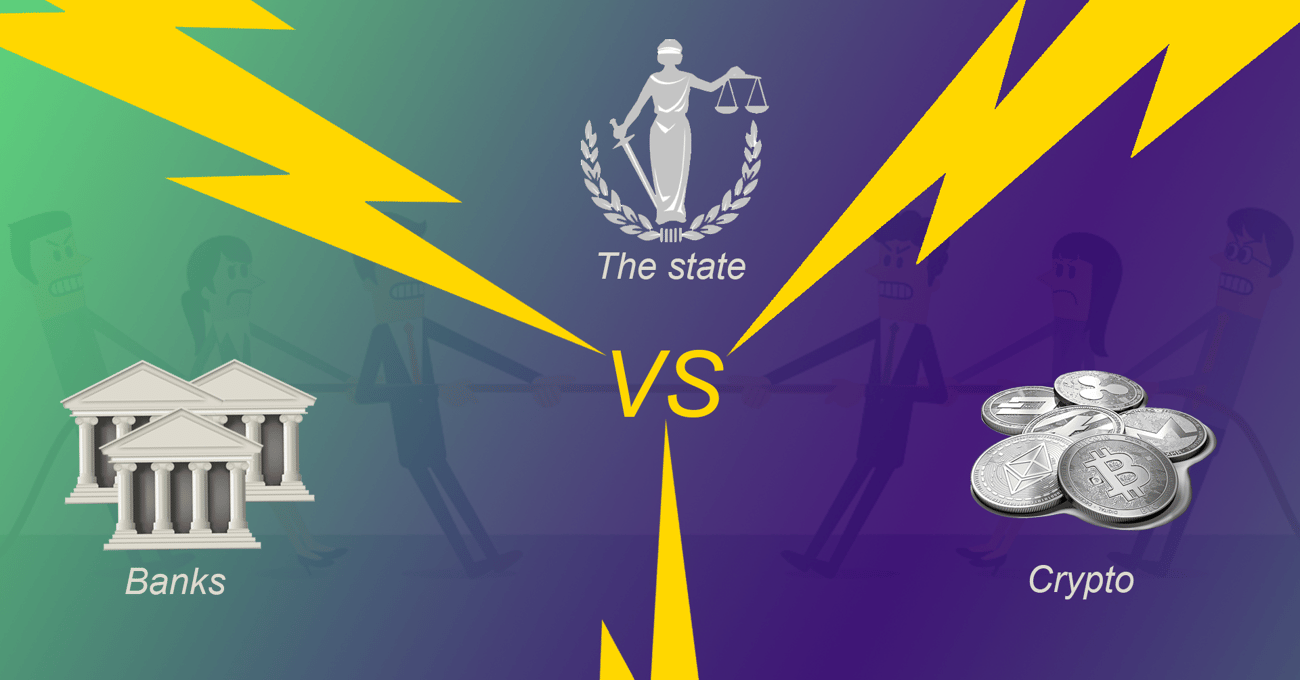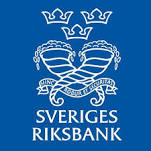The Digital Euro First Generation. A big step in the smallest way
Here is an Op-ed on the Digital Euro First Generation >>>
Here below the longer version:
As of 2022/23, the European Central Bank intended to introduce the digital euro in 2026-28. Operational preparations and legislation were progressing. But it had become clear by then that first-generation CBDC is not something monetary reformers could be happy about. Even so, it's still worth it to look into some operational details, systemic interconnections, interests involved, and further perspectives.
Continue reading > Print out paper as a PDF>
As of 2025/26, the digital euro has been postponed to 2029/30. The public is said not to be interested enough in a digital euro. A draft law on the digital euro has been before the European Parliament since June 2023, but nothing has happened with it so far. Why is that? More on this in the following articles:
• Banks want digital money for themselves – but they won’t let you have it! by Samuel Kaizen, Positiva Pengar, Sweden, publ. in Dagens Nyheter.
• The European Parliament rapporteur is wrong about the digital euro,
by Vicky Van Eyck, Dr Martijn Jeroen van der Linden and Laura Casonato, in: Euobserver, 20 Sep 2025.
Financial institutions, by contrast, show great interest in increasing performance through a digital means of interbank payment. In this context, the tokenisation of securities trading is also being driven forward.
Here is a report on the issue by Deutsche Bank >
Also see ‘CBDCs fall out of favour with central banks pivoting to Instant Payment Systems’ >
another by BIS ‘CBDCs and fast payment systems: rivals or partners?’ >
The Upcoming Rise of CBDC
This is the second part of an outline of a theory of dominant money, discussing tidal changes in the composition of the money supply in modern times. The now upcoming tidal wave will see the rise of CBDC.
Continue > The upcoming rise of sovereign digital currency
Download the entire paper (parts I and II) as a PDF >
Go to part I > The hierarchy of monies and tidal changes in the composition of the money supply. Also available at SSRN eJournal (Jan 3, 2020) > https://ssrn.com/abstract=3513411 or http://dx.doi.org/10.2139/ssrn.3513411
Video to the left:
The monetary Power Struggle - CBDC and the money system between State, banks and cryptos, Positiva Pengar Sweden 2023, presenter Samuel F. Kazen, Speaker Joseph Huber
Retaining or Overcoming the Bankmoney Regime?
Design principles that make the difference
Picture faz.net
This paper discusses the advantages, problems and false problems of current approaches to central-bank issued digital currency (CBDC), most importantly, the design principles that decide on whether digital currency, rather than maintaining the present bankmoney regime, opens up the perspective of a gradual shift towards a sovereign money system.
Continue reading > or print as a PDF >
A version of the paper >
Digital Currency. Design principles to support a shift from bankmoney to central bank digital currency
has been published in the real-world economics review, issue no. 88, 10 July 2019, 76–90.
Central Bank Digital Currency (CBDC) and Quantitative Easing (QE)
4 pages on how to make good use of the large overhang in central bank reserves. Input to the 2020 monetary reform conference org. by the American Monetary Institute and the Alliance for Just Money.
• The Alliance for Just Money has prepared a public comment on the Fed's consideration of CBDC
• The U.S. Federal Reserve’s paper The U.S. Dollar in the Age of Digital Transformation available here >
• Thomas Mayer, FvS Research Institute, former chief economist Deutsche Bank, on A digital euro to save EMU, VOX Policy Portal, 6 Nov 19.
As a brief version of the paper > To save the euro, turn it into a digital stablecoin, Financial Times, Nov 18, 2019.
On 15 June 2019, the NGOs Positiva Pengar, Sweden, and Monetative, Germany, organised a pioneering international conference on The Future of Money. Central Bank Digital Currency and beyond.
Contributions to sovereign digital currency built on distributed ledgers by scholars from the International Monetary Reform Movement:
• Edgar Wortmann (Ons Geld, Netherlands) makes the case for migration to a sovereign money system based on digital cash:
The virtual euro >
A working paper on the subject:
Deleverage without a crunch >
The autho also wanted to send you a Message from the future: 25,000 euros for debt reduction for each citizen in the eurozone
Yokei Y.
Kaoru Y.
• Yokei Yamaguchi and Kaoru Yamaguchi have contributed a plan for a Peer-to-Peer Public Money System >
• As a follow-up by K. Yamaguchi Public Money, Debt Money and Blockchain-based Money Classified, Japan Future Research Council, Working Paper No.01-2017.
• Lars Alaeus from Positiva Pengar, Sweden, while supporting approaches like the e-krona, would prefer to see digital currency issued by way of a citizens’ dividend decided upon by the central bank, so as to shield money creation from any political influence > Value of money & making monetary reform apolitical.
• Ole Bjerg, Copenhagen Business School, discusses
- Designing New Money - The Policy Trilemma of Central Bank Digital Currency, June 2017, and
- Breaking the Gilt Standard - The problem of parity in Kumhof and Noone's design principles for Central Bank Digital Currencies.
Digital Currency and Financial Privacy:
Abusus non tollit usum
Possible abuse of central bank digital currency (CBDC) does not negate its proper use
Digital money triggers fears among many people, especially about the technical security of money, protection against hackers, and the protection of financial privacy. CBDC could open the door to a surveillance state. This would control what you spend your money on, perhaps awarding social credits and debits, or possibly blocking certain expenditures, or even setting an expiry date by which unspent money would be confiscated (shrinkage money). These are serious dystopias and one wonders whether there is really cause for such fear of Big Brother. Read more > Print out as PDF >
In the video to the left Vicky van Eyck sets out Positive Money Europe's position on the digital euro in the EU Parliament.
The EU Commission answers
FAQs on the digital euro and the legal tender of cash
• Interview with Piero Cipollone, ECB Executive Board, on the current state of the digital euro (July 2025)
• Are CBDCs the Future of Corporate Payments? The Global Treasurer, July 28, 2025.
• Private cryptos and central bank digital currencies (CBDC): The new geopolitical battleground, WorldFinance Interview with Brunello Rosa.
• Swedish Riksbank - From pioneering CBDC since 2016 to downplaying it in 2024
A Swedish government commission has presented its report on the introduction of the previously planned e-krona. According to Positiva Pengar – the Swedish monetary reform org – the banking lobby seems to have done a great job: the e-krona is to be 'investigated' for even longer, i.e. put on the back burner, while the unstable and crisis-prone private bankmoney regime is to enjoy additional State support and guarantees.
Here is the report by Positiva Pengar > Biased government investigation sides with the big banks
as well as a detailed opinion > Response to the Report State and Payments.
The Bank of England had investigated digital currency early on, and has established Central Bank Digital Currency (CBDC) as a generic technical term for that type of sovereign money.
In Feb 2023 the Bank has published its concept for a retail CBDC and a roadmap aiming at prototype pilots from 2025 onwards.
• The digital pound. Consultation paper >
A compact guide, including a brief video, is provided online: The digital pound >
Some time after these beginnings, in July 2025, the BoE is about to abandon its plans for a digital pound:
• Bank of England Rethinks Digital Pound as Global CBDC Hype Fades.
• Bank of England mulls shelving of digital pound.
This seems to be an immediate follow-up to the U.S. ban on a digital dollar. See following page on stablecoins.
Other central bank-related publications on the state of things include:
• a paper by eight leading central banks, published by the Basel Bank for International Settlements CBDC. Foundational principles and core features>
• a reader edited by D. Niepelt: CBDC. Considerations, Projects, Outlook, VoxEU/CEPR.
• The European Central Bank: ECB Report on a digital euro >
• After having been hesitant for quite some time, the Federal Reserve too considers a digital dollar (despite much resistance from bankmoney conservatives): Money and Payments. The U.S. Dollar in the Age of Digital Transformation >
The digital Yuan
China launched the digital yuan (aka e-yuan or e-CNY) on the occasion of the Winter Olympics in February 2022. Following the Bahamas' Sand Dollar in October 2020 and Nigeria's eNaira in October 2021, the e-yuan is the first retail CBDC in general public use in a major country. The e-yuan is a hybrid of traditional central-bank book money (no bank money) and technical digitisation or tokenisation. Yuan central-bank balances are managed and transferred online, individually and directly using e-wallets.
• The digital renminbi (Wikipedia)
• China launches digital yuan app - all you need to know, China Briefing, Sep 22, 2022
• Kent Thune: Digital yuan - China’s digital currency, Seeking Alpha, Oct 6, 2022.
• Hans-Florian Hoyer, expert in handling payments, has developed a model protocol for using central bank digital tokens while ensuring financial privacy > Cashless Cash, Feb 2023.
• Kees van Hee, prof of information systems from Eindhoven Tech University, and Jacob Wijngaard, prof of operations research from Groningen university, have developed < A new digital currency system > for an account-based type of CBDC that uses modern cryptography to guarantee privacy and confidentiality while also allowing for traceability.
Central European Review of Economics and Management, Vol.5, No.4, 33-60, December 2021.
• D. Chaum, Chr Grothoff and Th Moser propose a token-based system without distributed ledger technology. CBDC with this design would replicate cash rather than bank deposits: How To Issue a Central Bank Digital Currency, Swiss National Bank, Working Papers 3/21.
Also see the GNU Taler software.
• Miguel Fernandéz Ordóñez, former Governor of the Banco de España, has come forth as a proponent of what he calls secure money, that is, digital central-bank-issued currency. Read his paper on
The Future of Banking: Secure Money and Deregulation of the Financial System.
BIS has been a driving force in the development of CBDC. Its research reports also include the following:
• Gaining Momentum - Results of the 2021 BIS survey on CBDC
• Proceeding with caution – a survey on central bank digital currency, Jan 2019
• Central Bank Digital Currencies, March 2018.
• Morten Bech/Rodney Garratt: Central bank cryprocurrencies, Basel Bank for International Settlements, Quarterly Review, September 2017, 55–70.
The Swedish E-Krona Approach
The Swedish central bank (Riksbanken) has published a report on the introduction of digital or electronic cash called e-krona. This is deemed urgent as traditional solid cash is about to disappear in Sweden. E-krona is about a new kind of digital currency (partly account-based, partly value-based, i.e. some digital token), nothing short of sovereign money.
E-krona constitutes a new money circuit of its own, separate from and in addition to the circulation of solid cash and the split circuit of public circulation of bankmoney (sight deposits) and interbank circulation of central bank reserves. E-krona enables the use of electronic central bank money in public circulation. Finance speak would say, e-krona is about opening the central bank balance sheet to nonbanks.
Here is the first report from Sep 2017 > The riksbank's e-krona project.
The second report followed in Oct 2018 > E-krona project, report 2.
• Sveriges Riksbank 2018 > Special issue on the e-krona, Sveriges Riksbank Economic Review, 2018:3.
• Stefan Ingves, Governor of the Riksbank, rhetorically asks > Do we need an e-krona? , 8 Dec 2017.
David Andolfatto
• David Andolfatto, then Vice President of the St. Louis Fed, was among the first to put forth a proposal for digital central-bank money in public use, 'Fedwire for all' so to say > Fedcoin: On the Desirability of a Government Cryptocurrency, Macromania, 3 Feb 2015.
Prior to this, a Blog by J.P. Koning had dealt with the idea of > Fedcoin, 19 Oct 2014. A commentary on this by Robert Sams > Which Fedcoin?




















